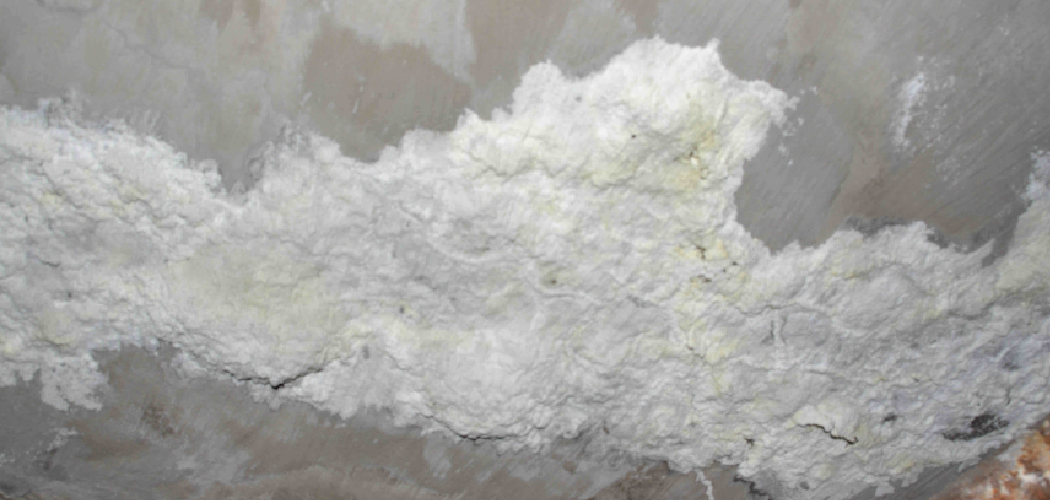Are you noticing white, powdery deposits on your basement floor? This is called efflorescence – and it’s a sign that moisture is building up in your basement.
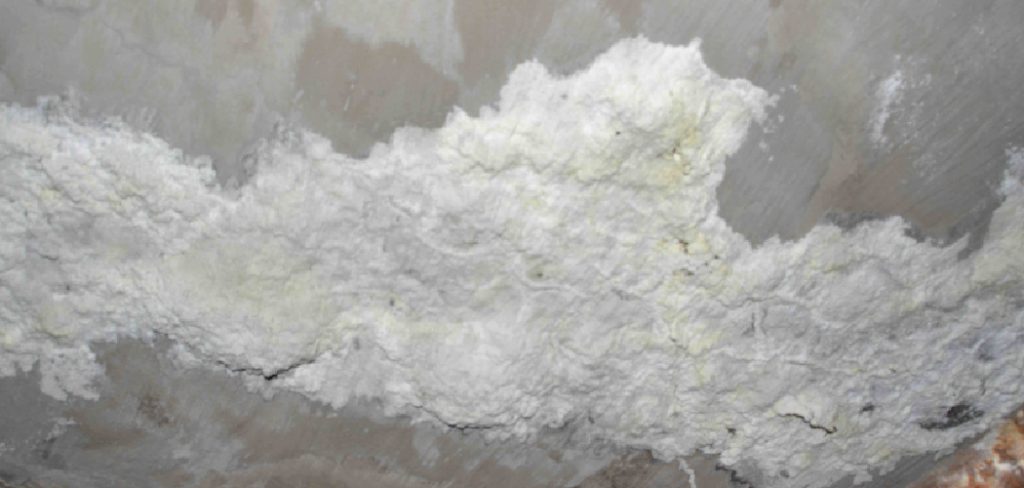
If you have noticed white, powdery deposits on your basement floor, chances are it’s efflorescence. This unattractive substance is caused by water seeping through concrete and leaving behind mineral salts that manifest as chalky-looking residue. It may look harmless, but efflorescence can become more extensive and damage your walls and foundation over time.
If left unchecked, moisture in the area can also lead to mold growth or insect infestations. While not always easy to eliminate, there are several measures you can take to stop the flow of unwanted moisture in your basement and put a halt to further efflorescence growth.
In this blog post, we’ll discuss how to stop efflorescence on basement floor!
What Will You Need?
Before getting started, ensure you have all the items you’ll need on hand. You should have the following:
- Bucket
- Water
- Detergent
- Brush or mop
- -Sponge
- Vacuum cleaner
- Plastic sheeting
- Caulking gun and sealant
- Powdery deposits cleanser
You’re ready to get started once you have all the necessary items.
10 Easy Steps on How to Stop Efflorescence on Basement Floor
Step 1: Clean Up
The first and most important step is to clean up the area. Remove any dirt, dust, and debris by vacuuming the floor with a vacuum cleaner. You should also use detergent and water to scrub off any remaining residue or powdery deposits.
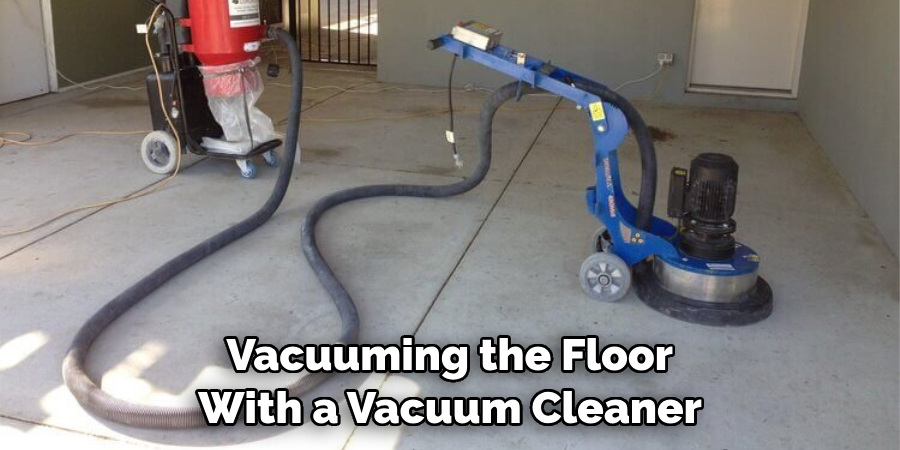
Step 2: Dry Up the Area
Make sure you thoroughly dry up the area after cleaning it. Use a mop or brush to ensure that there’s no standing water on the basement floor. You can also open up windows and air out the room as much as possible.
Step 3: Seal Leaks & Cracks
Check for any cracks or leak spots in your basement walls or floors, and seal them with a caulking gun and sealant. This will prevent moisture from seeping in and causing further efflorescence. If you can’t reach all the nooks and crannies, use a flashlight to get a better view.
Step 4: Install a Sump Pump
Installing a sump pump effectively reduces moisture levels in your basement and prevents future efflorescence growth. If you don’t have one already, contact a local plumber to help you install it. This will help pump out any water that seeps in and keep your basement dry.
Step 5: Add Plastic Sheeting
Cover the entire area of your basement floor with plastic sheeting. This will help keep moisture out and stop efflorescence from forming. Be careful not to leave any gaps between sheets.
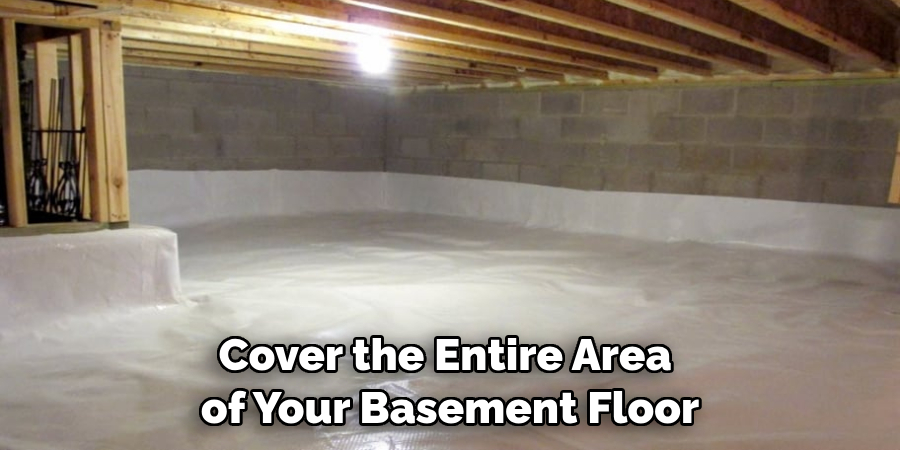
Step 6: Clean Powdery Deposits
If any powdery deposits are left on the surface of your basement floor, use a cleanser specifically designed to remove this buildup. Follow the instructions carefully and wear protective gear if necessary. Try to avoid using harsh chemicals as they can be damaging to your floor.
Step 7: Increase Air Flow
If your basement has poor ventilation, consider installing additional fans or air vents to improve airflow. This will help reduce humidity levels and prevent future efflorescence growth. Remember to keep the air vents clean and dust-free.
Step 8: Install a Dehumidifier
Too much moisture in the air is one of the main causes of efflorescence formation. To reduce indoor humidity, install a dehumidifier in your basement and use it regularly during the summer months when the risk of humidity is higher. This will help keep moisture levels in check and prevent further efflorescence growth.
Step 9: Repair Any Leaks or Damage
If you notice any leaks or water damage in your basement, address them immediately. Check for clogged drains, faulty plumbing fixtures, and other possible sources of moisture buildup. Make repairs as necessary to stop further efflorescence growth.
Step 10: Monitor Humidity Levels
Regularly check humidity levels in your basement and make sure they stay below 50%. Use a hygrometer or other monitoring device to track the moisture levels in order to catch any potential problems early on. Remember, keeping your basement as dry as possible is the key to preventing efflorescence.
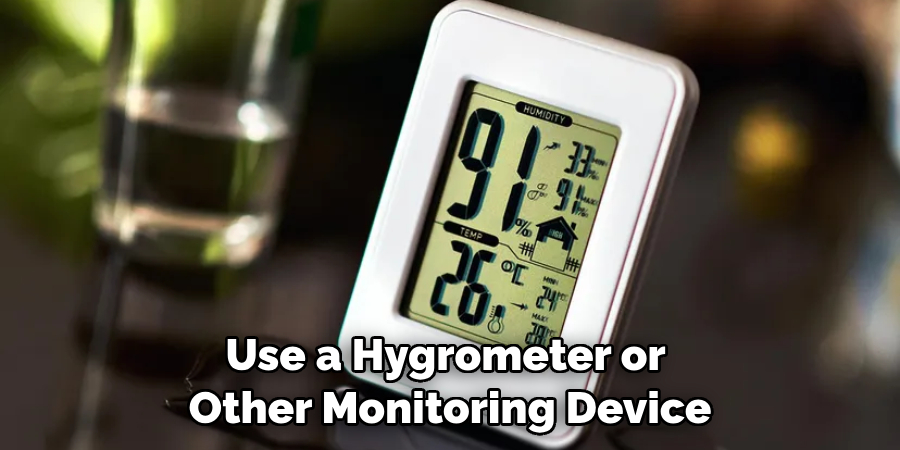
By following these ten steps on how to stop efflorescence on the basement floor, you can prevent further damage and maintain a safe environment for your home. If all else fails, contact a professional to assess the situation and recommend the best action.
5 Additional Tips and Tricks
1. Make sure the basement is well ventilated. Poor air circulation can lead to moisture buildup, which can cause efflorescence on the basement floor.
2. Clean the floors regularly using a mild soap solution and damp mop. This will help lift and remove excess dirt and debris contributing to the problem.
3. Install a dehumidifier in your basement to reduce humidity levels which can contribute to efflorescence growth.
4. If there are any water leaks or seepage in the basement, fix them as soon as possible so they don’t continue creating more moisture in your basement environment where efflorescence can thrive.
5. Seal any cracks or gaps in the basement walls to prevent water from entering the area. Filling these cracks will also keep moisture levels low and reduce the chances of efflorescence growth.
These five tips can help you keep your basement dry, reducing the likelihood of pesky
efflorescence on your basement floor. Keeping up with regular cleaning and maintenance can make a big difference in preventing this problem!
5 Things You Should Avoid
1. Avoid using harsh chemical solutions or cleaners on your basement floor, as they can damage the surface and cause more efflorescence.
2. Avoid leaving standing water on your basement floor for extended periods, as it can create a breeding ground for efflorescence.
3. Do not paint over efflorescence on the basement floor, as this can trap moisture and worsen the problem over time.
4. If vegetation grows near your home’s foundation, avoid overwatering them, as that could contribute to extra moisture in the soil, leading to efflorescence growth in your basement.
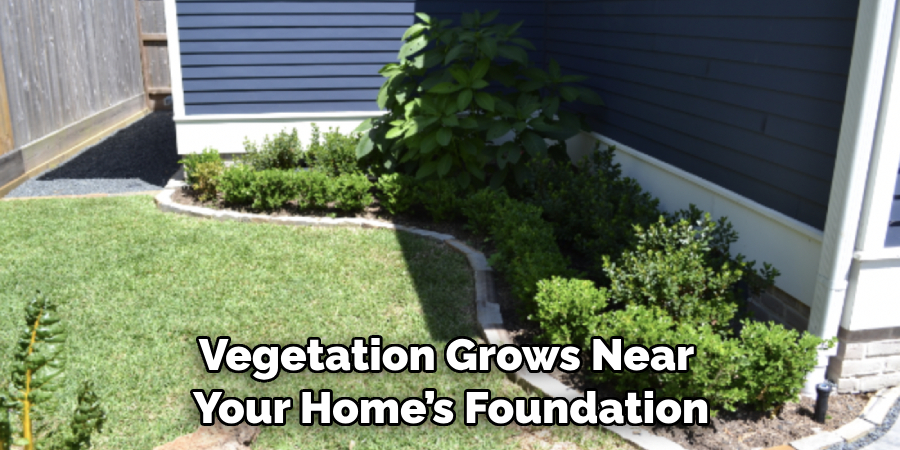
5. Steer clear of storing wet items such as towels, blankets, or clothes in the basement. This can increase the moisture levels in the area and provide a breeding ground for efflorescence growth.
By avoiding these five common mistakes, you can reduce your chances of dealing with unsightly efflorescence on your basement floor! Regular cleaning and maintenance will help keep it under control.
Some Frequently Asked Questions
1. Is Efflorescence Permanent?
The good news is that efflorescence is not permanent. With the proper care and maintenance, you can prevent its growth and remove it from your basement floor when needed. Try using a masonry cleaner to remove any existing spots on the floor and prevent them from returning.
You can also take steps such as improving ventilation, installing a dehumidifier, and sealing up any cracks or gaps in the foundation walls to reduce moisture levels in your basement environment. Follow these simple steps, and you should be able to keep it under control!
2. Does Waterproofing Stop Efflorescence?
Waterproofing your basement walls and floors can be a good way to reduce the risk of efflorescence growth. It won’t completely eliminate it, but it can help keep moisture levels low in the area, making it more difficult for efflorescence to thrive.
Be sure that any waterproofing products you use are designed for basement environments, as some products may not suit this purpose. As an added bonus, waterproofing can protect your home from water damage, mold, mildew, and other problems!
Therefore, waterproofing is a great option for households looking to reduce their chances of dealing with efflorescence on their basement floor.
3. How Can You Waterproof Your Basement to Prevent Efflorescence?
You can take several steps to waterproof your basement and reduce the risk of efflorescence growth.
These include:
- Sealing any cracks or gaps in the walls and floors using an appropriate sealant product.
- Installing a sump pump, if necessary, to help keep water away from your foundation.
- Applying waterproofing paint or membrane on the interior walls of your basement.
- Adding a dehumidifier to reduce moisture levels in the area.
By taking these measures, you can significantly reduce the chances of dealing with efflorescence on your basement floor. Regular maintenance and cleaning are also important to keep the risk of efflorescence growth as low as possible.
4. Can I Use Hydrochloric Acid to Remove Efflorescence?
Using hydrochloric acid is not recommended for removing efflorescence from your basement floor. This chemical can be extremely corrosive and damaging to the surfaces it touches, so it should only be used by experienced professionals in a controlled environment.
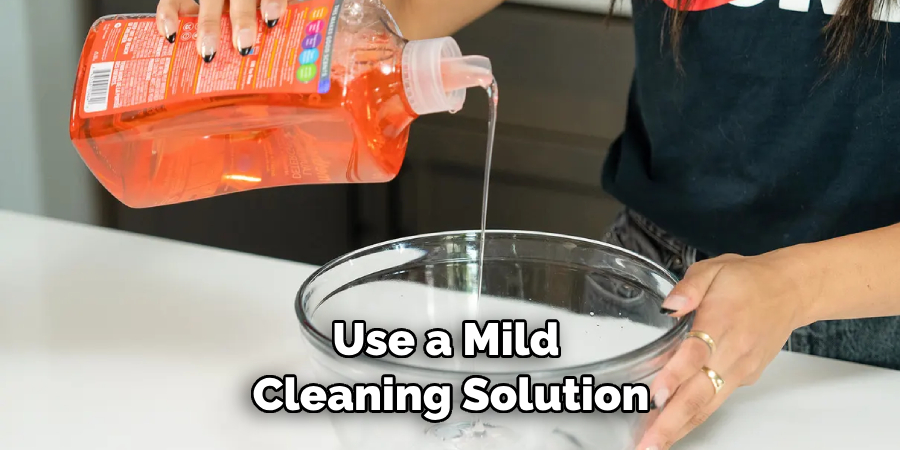
Instead, you can use a mild cleaning solution or a specialized efflorescence remover designed specifically for this purpose. These products are usually much safer and more effective at removing any existing efflorescence without causing damage to the area.
In conclusion, while hydrochloric acid may be an option for professional removal of efflorescence, we recommend trying more gentle methods first as they are less likely to damage the surface of your basement floor. Taking preventive measures such as waterproofing and regular cleaning can also help reduce your chances of dealing with efflorescence in the future.
5. Does Epoxy Stop Efflorescence?
Epoxy is a type of sealant that can be used to help prevent efflorescence from forming on basement floors. Applying a coat of epoxy over the floor can create a waterproof barrier that will reduce moisture levels and make it more difficult for efflorescence to thrive.
However, it’s important to note that applying an epoxy coating is not a complete solution for preventing efflorescence growth. You should still practice regular cleaning and maintenance to keep moisture levels as low as possible in your basement environment so any existing efflorescence does not have the opportunity to grow or spread.
Overall, epoxy is a good option for preventing efflorescence on your basement floor, but it should be used with other measures such as waterproofing and regular cleaning. This will ensure the best results and keep your basement environment dry and free from unwanted efflorescence growth.
Conclusion
How to stop efflorescence on basement floor is a challenging task, but it can be done. You can protect your basement from efflorescence by properly waterproofing your basement, checking for any cracks in the walls or floor, and ensuring proper ventilation. Also, check for seepage or insect activity that can lead to efflorescence growth.
Suppose you’ve already noticed efflorescence present on your basement floor. In that case, you should take the necessary steps to assess whether there is any further damage and address the issue by carefully cleaning it off with a solution of vinegar and water. To keep efflorescence at bay in the future, regularly inspect your basements for signs of weakness or deterioration.
With these simple yet effective methods for stopping efflorescence growth on your basement floor, you can rest easy knowing that your safe space is secure.
